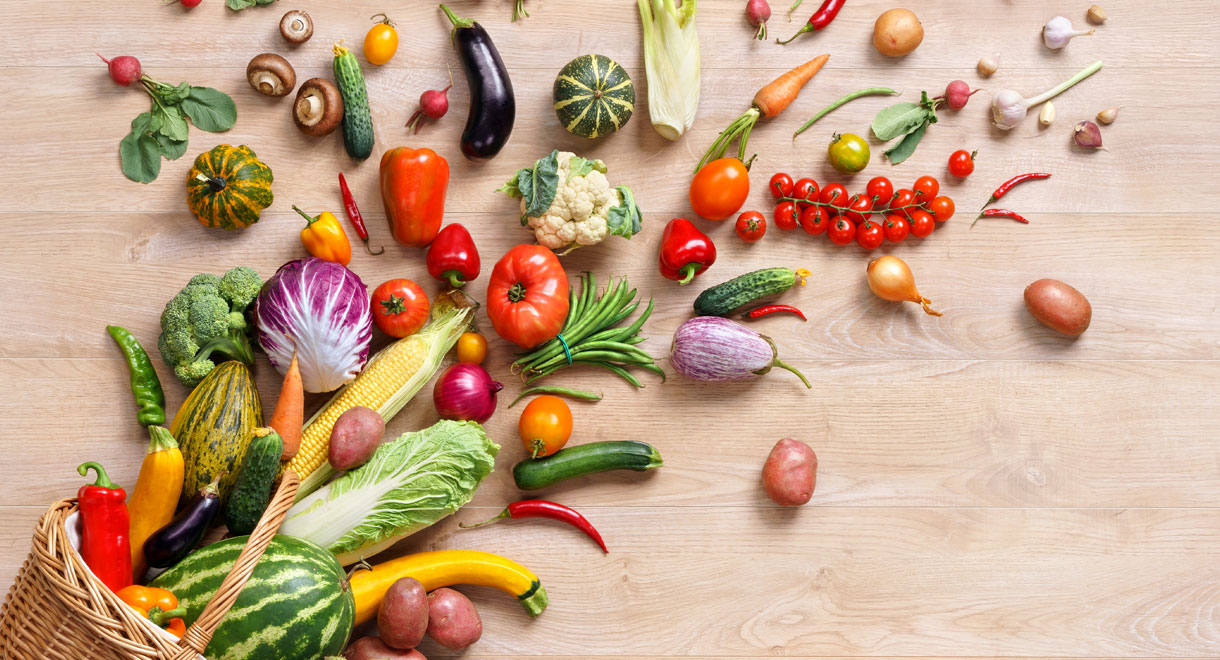

Vegetables Slash Your Risk Of Insulin Resistance
Eating more red, orange and yellow vegetables can reduce your risk of becoming insulin resistant.
Research shows that carotenoids may reduce the incidence of insulin resistance due to their antioxidant properties. You are probably familiar with beta carotene, an antioxidant in carrots, pumpkin, red peppers and several other orange vegetables and fruits. Beta carotene is converted into vitamin A in your body. There is actually a family of carotenoids. They are all antioxidants but also have other unique benefits.
Research conducted on men and women living in Tehran has shown that those individuals with a higher intake of beta carotene and also beta cryptoxanthin have a lower incidence of insulin resistance. This is a significant finding because insulin resistance is a huge risk factor for some of our most fatal diseases. Type 2 diabetes, heart disease and cancer are all more prevalent in insulin resistant people.
Insulin resistance is also known as syndrome X, metabolic syndrome and pre-diabetes. It occurs when the insulin secreted by the pancreas isn’t working properly in the body. Having chronically elevated insulin is a problem because it tends to promote abdominal obesity, elevated blood pressure and triglycerides, and it inhibits the fat burning hormones in the body from working. If your insulin level becomes too high, it is no longer able to control your blood sugar as efficiently, and it too can rise.
Vegetables are so good for you. They are full of vitamins, minerals, antioxidants and probably also beneficial compounds that haven’t even been discovered yet. Often the brightly colored compounds in fruits and vegetables are the most beneficial. So try to eat vibrantly colored produce and make sure you get a variety of colors in your diet.
Know someone who might benefit from this article? Share it!
Need Help?
1-888-75-LIVER
Monday to Friday, 9:00 am to 5:00 pm MST
100%
Satisfaction Guaranteed
If it’s faulty or wrongly described, we’ll replace it.










